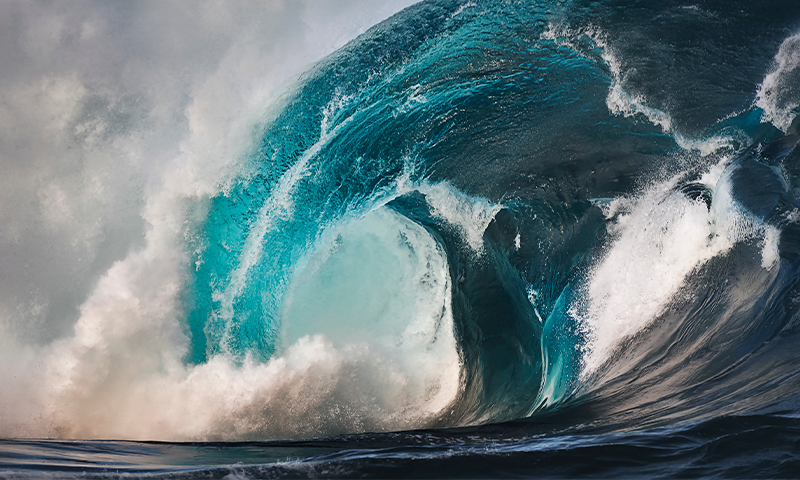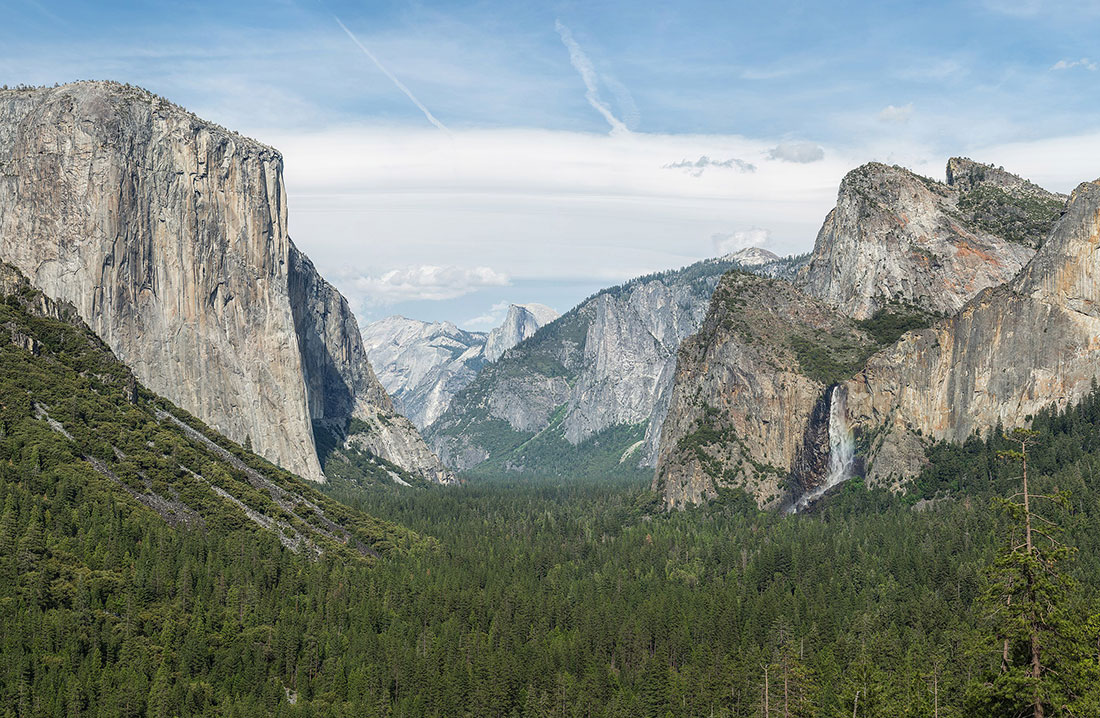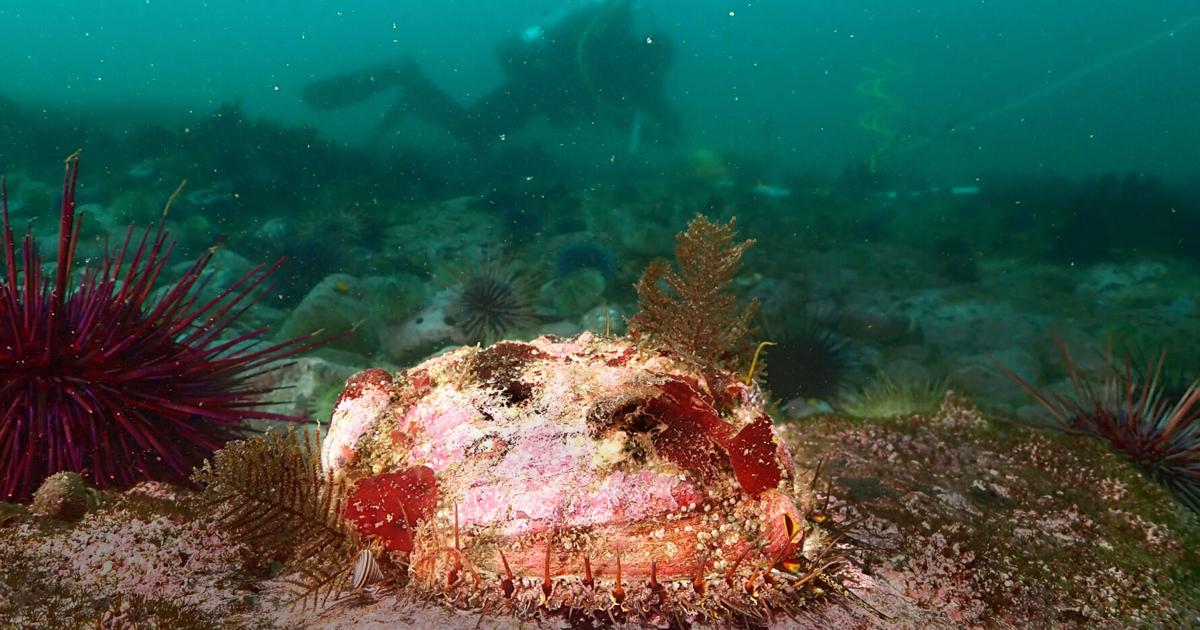Scientists Crack the Code: The Terrifying Truth Behind Rogue Waves Revealed

Unraveling the Enigma: Scientists Crack the Code of Rogue Waves
For years, maritime researchers have been puzzled by the sudden appearance of massive, unpredictable waves that seemingly emerge from nowhere to threaten ships and offshore structures. Now, groundbreaking research has revealed a fascinating breakthrough: each rogue wave carries a unique "fingerprint" that could help predict its formation.
These monstrous waves, often hidden from traditional detection methods, have long been the stuff of sailors' nightmares. Towering far above the surrounding ocean and capable of causing catastrophic damage, rogue waves have remained one of the ocean's most mysterious phenomena. However, scientists have now discovered that these maritime giants leave behind subtle clues about their imminent arrival.
By analyzing complex wave dynamics and using advanced computational models, researchers have uncovered that each rogue wave has a distinctive signature. This signature can potentially be detected before the wave reaches its full, destructive potential, offering unprecedented insights into maritime safety and ocean behavior.
The implications of this discovery are profound, promising to revolutionize maritime navigation, offshore engineering, and our understanding of oceanic dynamics. What was once considered an unpredictable force of nature may now be something we can anticipate and potentially mitigate.








